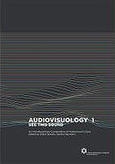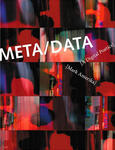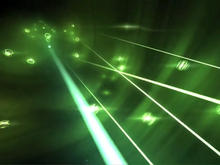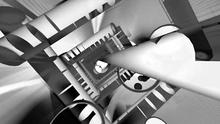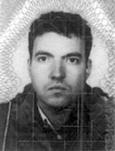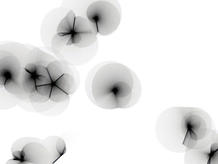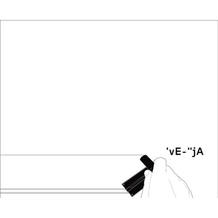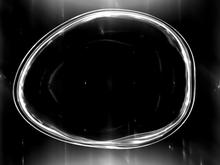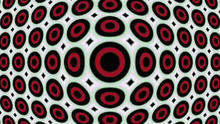Tarik Barri
is an audiovisual composer based in Utrecht, NL. Reflecting his interests in programming, drawing and composing into a coherent multimedial discipline, he developed and uses software that merges audio and visuals into a new audiovisual reality.
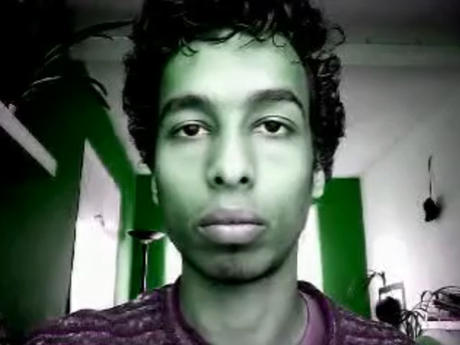
"Living in Saudi Arabia from when I was a child, isolated from my peers in the Netherlands and with a lack of peers in the area where I lived, I was very glad when my parents had purchased an MSX computer. The games were very cool and quite unlike anything I had ever known before but eventually I got bored with them. Luckily I then discovered that computers can be told what to do: I discovered the joy of programming and creating my own pixelated worlds.
When I came back to the Netherlands I started drawing and painting a lot. After high school I played in some bands and became more and more obsessed with making music. After my first track release I took my chances and quit my study in biological psychology to pursue a career in music. During my study at the Utrecht School of Music and Technology I came to see how I could combine my interests in programming, drawing and music making into a coherent multimedial discipline."
Source: Tarik Barri's website
